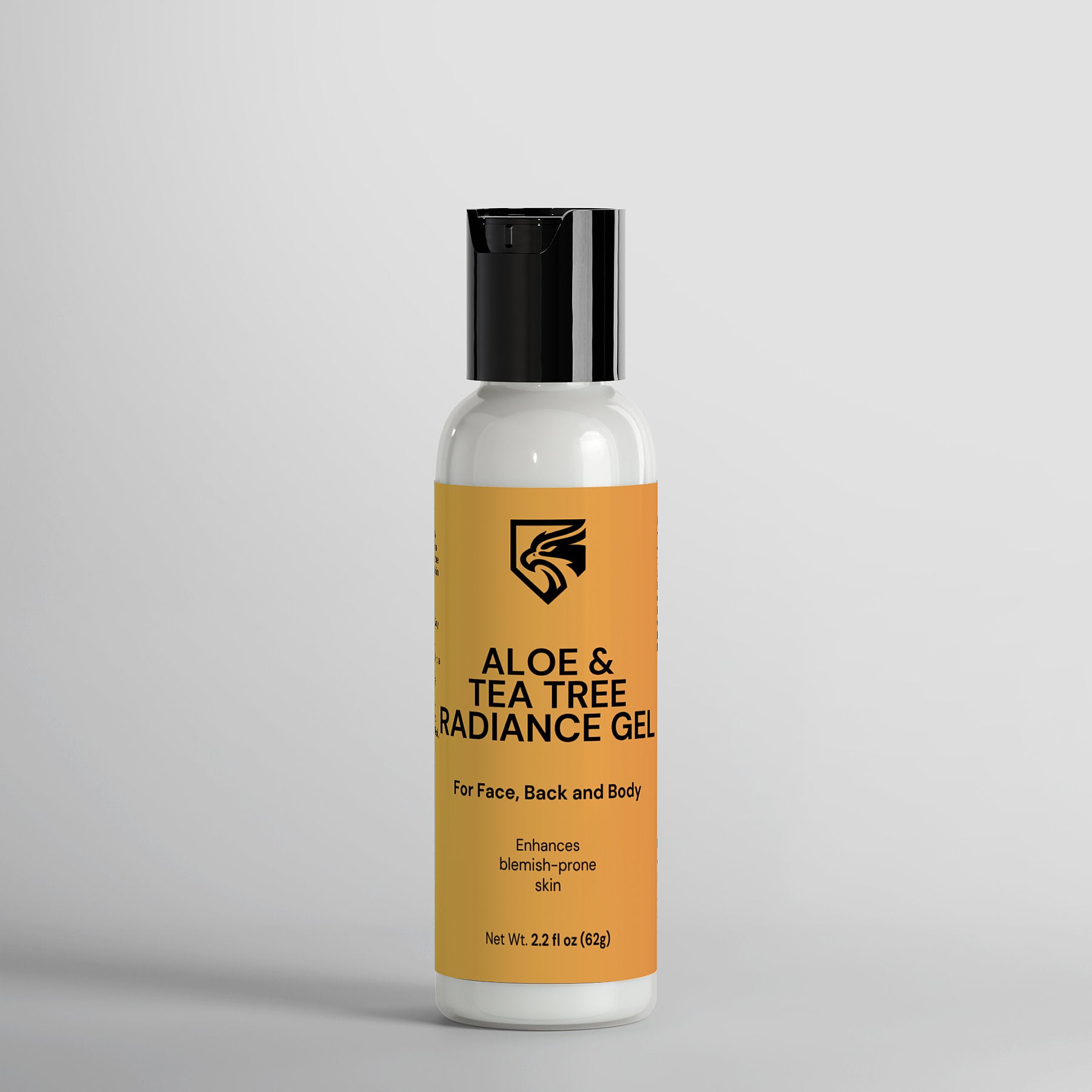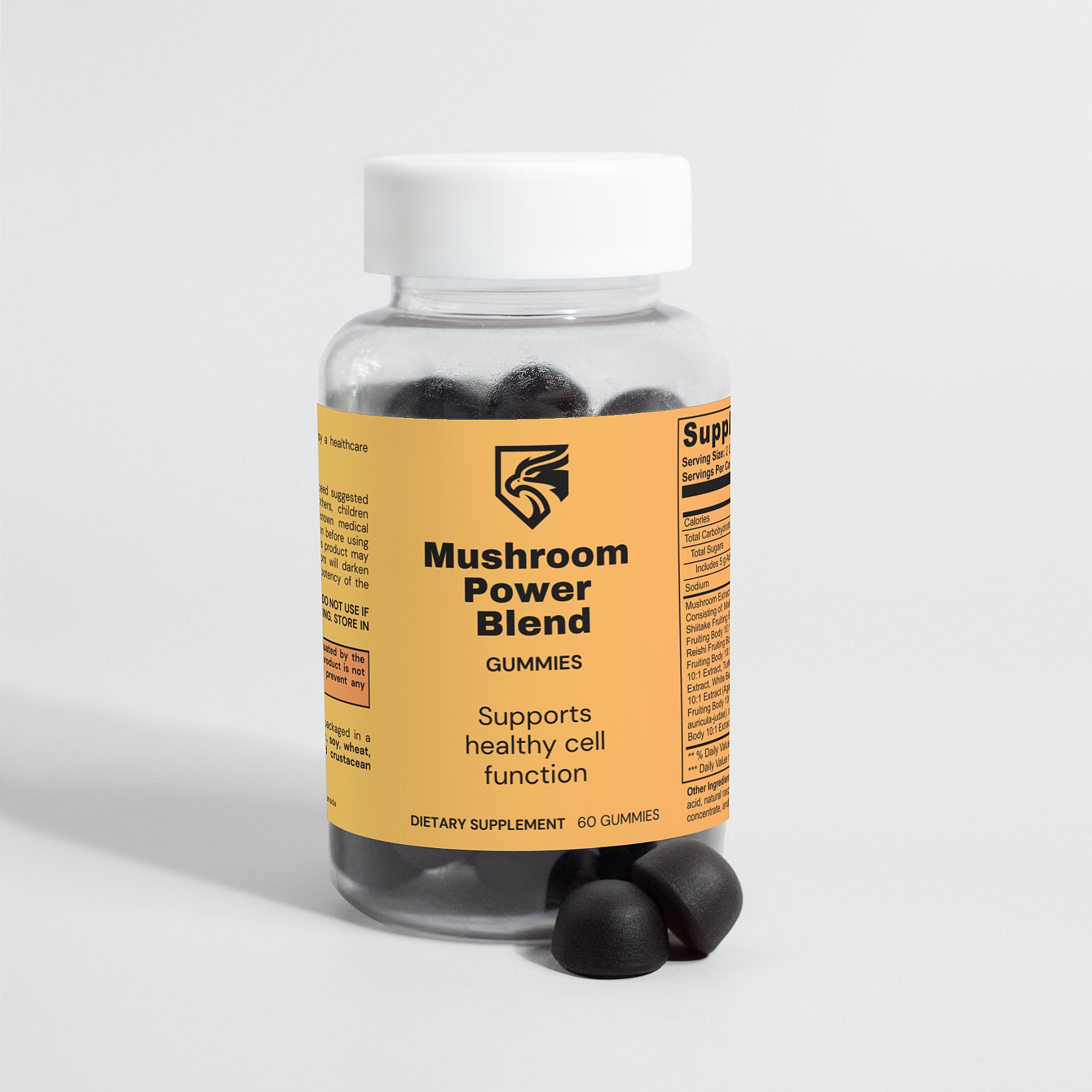Introduction: Testosterone and hair loss have long been intertwined in popular belief and medical discourse. For decades, men have grappled with the fear that high levels of testosterone could lead to baldness, while others have sought testosterone replacement therapy (TRT) to counteract hair loss. However, the relationship between testosterone and hair loss is far more nuanced than commonly believed. In this comprehensive article, we delve into the myths and facts surrounding testosterone and its impact on hair health.
Understanding Testosterone: Testosterone is a vital hormone primarily produced in the testes in men and in smaller amounts in the ovaries in women. It plays a crucial role in the development of secondary sexual characteristics, such as muscle mass, bone density, and facial hair growth, among others. Testosterone levels typically peak during adolescence and early adulthood before gradually declining with age.
Myth: High Testosterone Causes Hair Loss: One of the most pervasive myths is that high levels of testosterone directly cause hair loss. This misconception likely stems from the association between testosterone and male pattern baldness, scientifically known as androgenetic alopecia. Contrary to popular belief, it is not the absolute level of testosterone that influences hair loss but rather the conversion of testosterone into dihydrotestosterone (DHT) by the enzyme 5-alpha-reductase.
Fact: DHT and Hair Follicle Sensitivity: DHT is a potent androgen derived from testosterone through the action of 5-alpha-reductase. It binds to androgen receptors in hair follicles, particularly those on the scalp, causing them to shrink and eventually cease producing new hair. This process, known as miniaturization, leads to the characteristic pattern of hair loss seen in androgenetic alopecia.
Myth: Testosterone Replacement Therapy (TRT) Accelerates Hair Loss: Some individuals undergoing TRT express concerns about exacerbating hair loss due to increased testosterone levels. While it's true that TRT can elevate testosterone levels, its impact on hair loss is not as straightforward as commonly assumed. TRT may indeed accelerate hair loss in individuals genetically predisposed to androgenetic alopecia, as heightened testosterone levels can result in greater DHT production. However, not all individuals on TRT experience significant hair loss, and its effects vary depending on genetic factors and other variables.
Fact: Genetic Predisposition and Hormonal Balance: Genetics play a fundamental role in determining an individual's susceptibility to androgenetic alopecia. Those with a family history of male pattern baldness are more likely to experience hair loss regardless of their testosterone levels. Additionally, hormonal balance and sensitivity of hair follicles to DHT influence the progression of hair loss. Some men with high testosterone levels maintain a full head of hair throughout their lives, while others with lower testosterone levels may still develop androgenetic alopecia.
Myth: Low Testosterone Prevents Hair Loss: Conversely, there is a misconception that low testosterone levels offer protection against hair loss. While it's true that reduced testosterone levels may lead to decreased DHT production, they can also result in other hormonal imbalances that impact hair health. For instance, low testosterone levels accompanied by elevated levels of estrogen, a phenomenon known as estrogen dominance, may contribute to hair thinning and loss in both men and women.
Fact: Hormonal Imbalance and Hair Health: Hormonal balance is crucial for maintaining healthy hair growth. Imbalances involving not only testosterone and DHT but also other hormones like estrogen, cortisol, and thyroid hormones can influence the hair growth cycle and follicle function. Addressing underlying hormonal imbalances through lifestyle modifications, dietary changes, or medical interventions may help mitigate hair loss and promote regrowth.
Conclusion: In conclusion, the relationship between testosterone and hair loss is multifaceted, characterized by numerous myths and facts. While testosterone serves as the precursor to DHT, it is the conversion of testosterone into DHT and the sensitivity of hair follicles to DHT that primarily contribute to androgenetic alopecia. Genetic predisposition, hormonal balance, and other factors play significant roles in determining an individual's susceptibility to hair loss. Understanding the complexities of testosterone and its impact on hair health is essential for debunking myths, dispelling misconceptions, and adopting effective strategies for managing hair loss.







Leave a comment
All comments are moderated before being published.
This site is protected by hCaptcha and the hCaptcha Privacy Policy and Terms of Service apply.